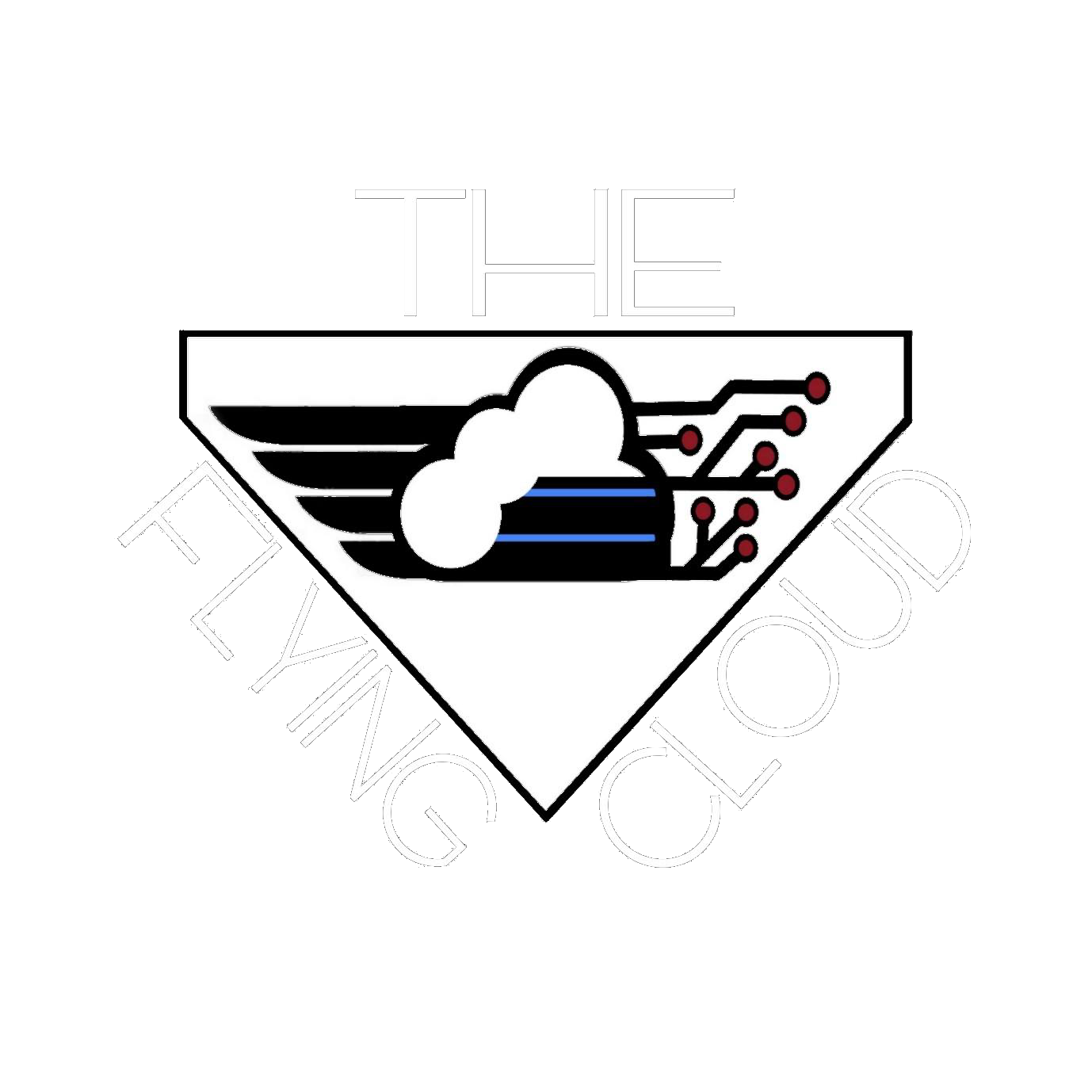The carrier battle group
The CVBG was first used in World War II, primarily in conflicts between the United States and Japan in the Pacific. CVBGs at the time consisted of a far larger number of ships than current CVBGs, and this marked the only time CVBGs have fought each other, notably at the Battle of Coral Sea for the first time and then at the Battle of Midway one month later.
According to the US Navy website, during the Cold War, the main role of the CVBG in case of conflict with the Soviet Union would have been to protect Atlantic supply routes between the United States and Europe, while the role of the Soviet Navy would have been to interrupt these sea lanes, a fundamentally easier task. Because the Soviet Union had no large carriers of its own, a situation of dueling aircraft carriers would have been unlikely. However, a primary mission of the Soviet Navy’s attack submarines was to shadow every CVBG and, on the outbreak of hostilities, sink the carriers. Understanding this threat, the CVBG expended enormous resources in its own anti-submarine warfare mission.
Carrier strike group
In modern US Navy carrier air operations, carrier strike group (CSG) has replaced the traditional term of carrier battle group (CVBG or CARBATGRU). The Navy maintains 11 carrier strike groups, 10 of which are based in the United States and one that is forward deployed in Japan. CSG or CVBG normally consist of 1 Aircraft Carrier, 2 Guided Missile Cruisers, 2 Anti Aircraft Warships,and 1-2 Anti Submarine Destroyers or Frigates.
How close do the escort ships of a carrier strike group typically sail in relation to a carrier?
How close the escort ships of a CSG typically sail in relation to a carrier
Scott Hanson, former US Navy Electronic Warfare Technician, explains on Quora;
‘Photos of a Carrier Battle Group (or Carrier Strike Group as they are now called) that look like this…

‘Or like this…

‘Are done only for the photo opportunity.
‘Normally the other vessels will be many miles away from the carrier. Typically, about 2/3 of the way to the horizon and in some cases on or over the horizon.
‘The only exception is a support vessel such as the Supply ship or a warship pulling plane guard.
‘The supply ship will still keep a few miles away from the carrier itself and usually trails behind to stay out of the way. A Destroyer or other warship performing plane guards will be roughly 1 nautical mile dead astern the carrier, ready to react to pick up a pilot from a ditched plane.

Hanson concludes;
‘Now look at this image here. Far in the distance behind the carrier you see another ship. This is the more typical distances between ships in a CVBG/CSG.

‘(NOTE: That little part of the ship that sticks way out on the port side of the ship, closest to the right edge of the photo… That is where I worked, though on Kitty Hawk, this photo is of Lincoln.)’

Photo credit: Chief Mass Communication Specialist Eric S. Powell, Seaman Jamaal Liddell and Petty Officer 3rd Class Nathan Burke / U.S. Navy


